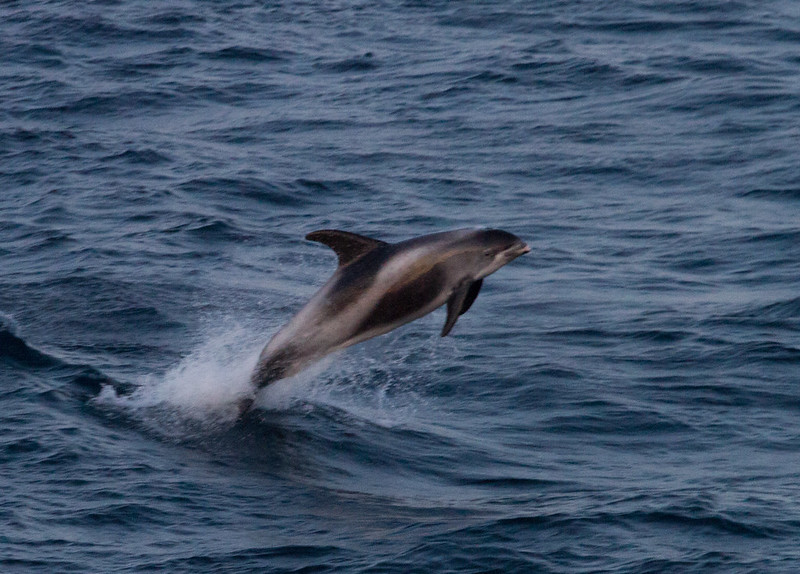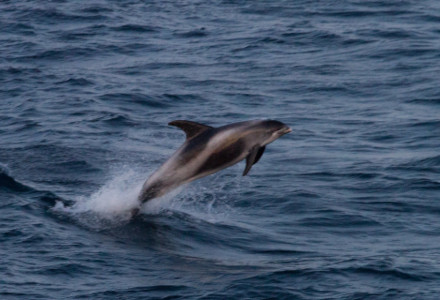
Photo Credit: Natural England
CC License: https://bit.ly/3Co6YWP
White Beaked Dolphin Facts
- The stunning White Beaked Dolphin was first recognized as separate species in 1846, by the famous taxonomist John Edward Gray. It was also, in fact, one of the first known species in its genus.
- A great deal of mystery still surrounds this endearing ocean creature, however. Marine biologists know almost nothing about either the life expectancy or breeding patterns of the animal.
- Finally, the truly amazing animal’s population numbers appear stable for the moment. However, many consider it to be at risk due to the effects of climate change on its specific habitat.
Related Articles
Hourglass Dolphin Narwhal Dusky Dolphin
White Beaked Dolphin Physical Description
The White Beaked Dolphin represents a medium-sized species of dolphin. It attains a maximum length of roughly 10 ft (3.1 m) and may weigh as much as 780 lb (354 kg). The cetacean also has the longest flippers of any known dolphin.
The upper body and flanks also typically display a dark gray, with patches of lighter gray. The underside is a light gray or off-white.
The beak is typically white, hence the name, though it may grow darker with age. That same beak also measures up relatively short, in comparison to other dolphins.
The calves are born with several whiskers on their upper lip, but these disappear as they mature.
- Kingdom: Animalia
- Phylum: Chordata
- Class: Mammalia
- Family: Delphinidae
- Genus: Lagenorhynchus
- Species: L. albirostris
Photographer: Herman Beun
CC License: https://bit.ly/3yvEOqz
White Beaked Dolphin Distribution, Habitat, and Ecology
The lovely White Beaked Dolphin evolved into an area that includes the subarctic and colder temperate sections of the North Atlantic Ocean. This range also extends from Cape Cod to southern Greenland, Iceland, and to Svalbard.
It also inhabits the upper layers of the ocean and normally stays at depths of less than 3,300 ft (1,000 m). This dolphin evolved as rather social, and usually travels in groups of 8-10 individuals.
Further, its diet primarily consists of small fish and includes haddock and cod. People have even seen the animal feeding alongside orcas.
It is also an especially relevant fact that the species is now protected by the Agreement on the Conservation of Small Cetaceans of the Baltic, North East Atlantic, Irish and North Seas (ASCOBANS).
Species Sharing Its Range
Feather Starfish Flamingo Tongue Snail Fin Whale
Check out our other articles on Yangtze River Dolphin, Pantropical Spotted Dolphin, Dusky Dolphin, Risso’s Dolphin, Hourglass Dolphin, False Killer Whale, Giant Trevally

